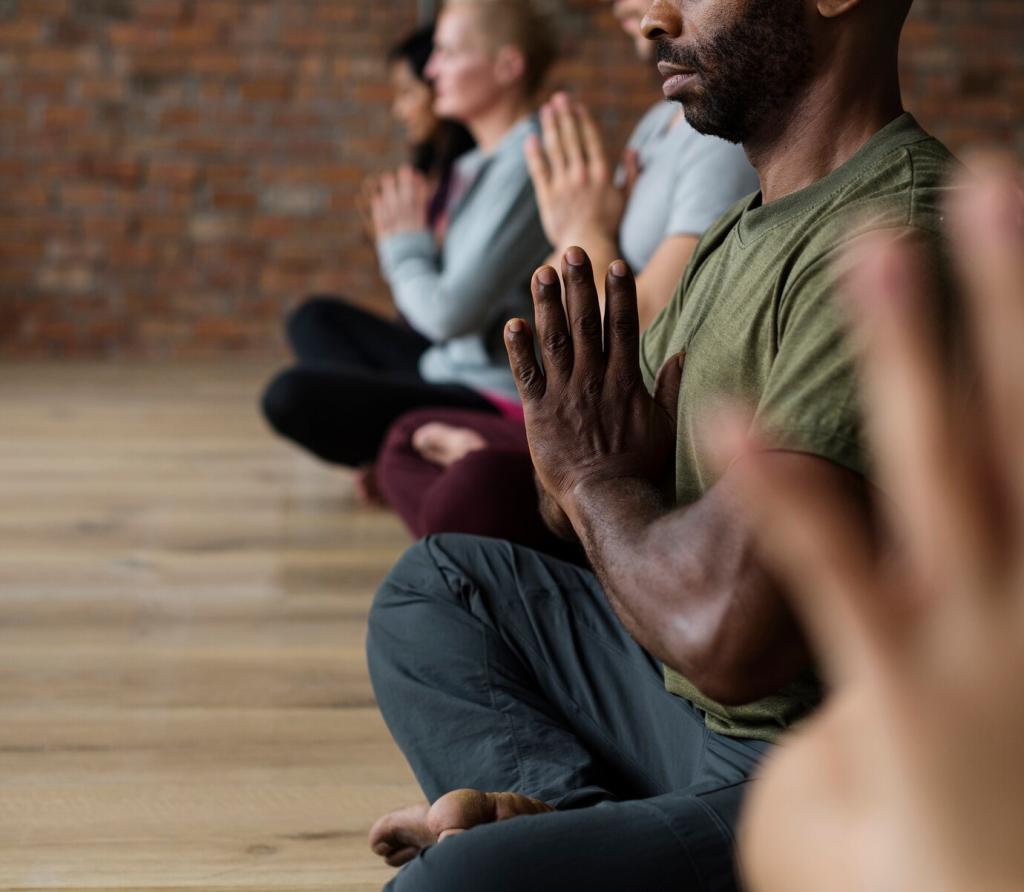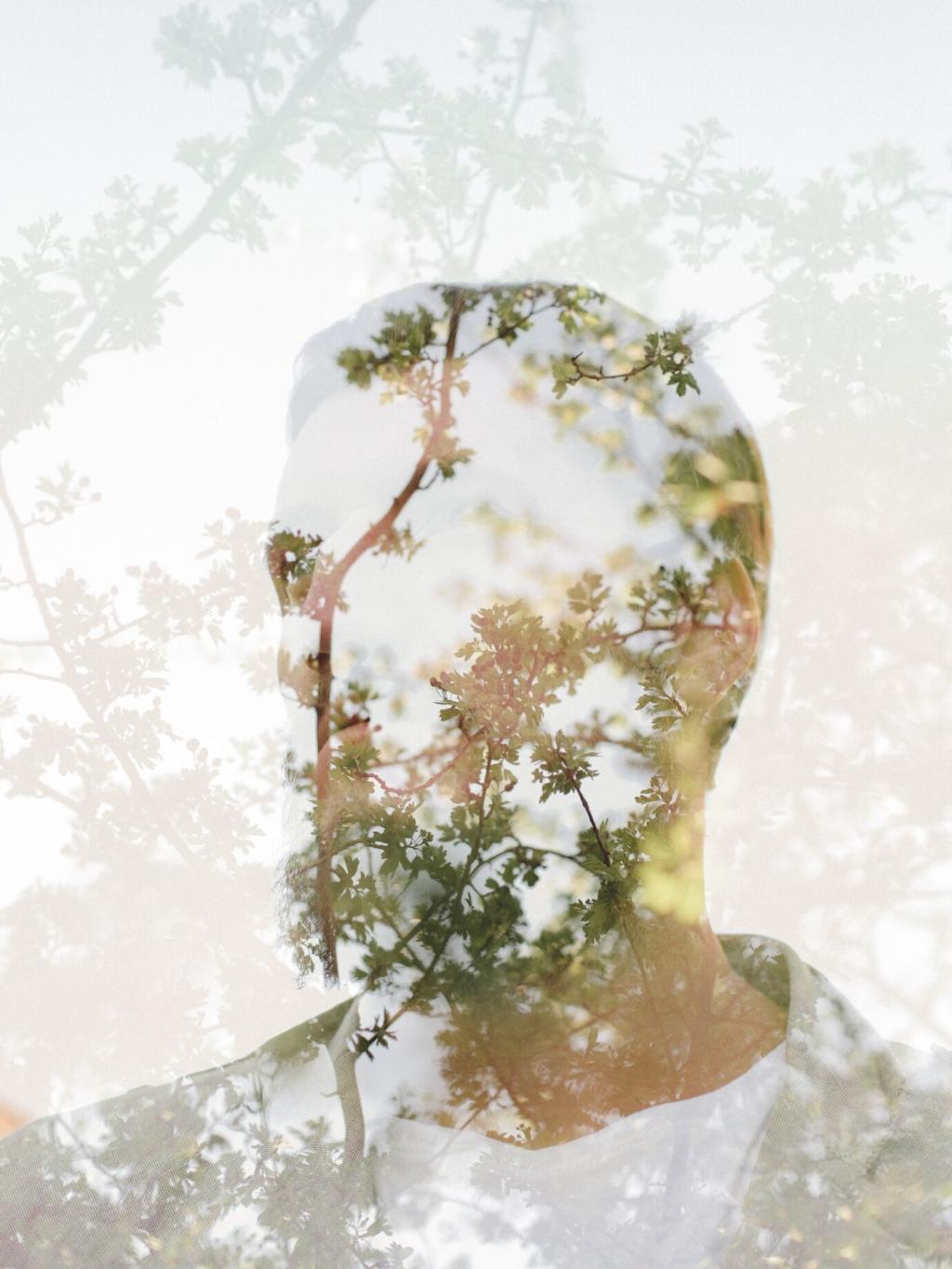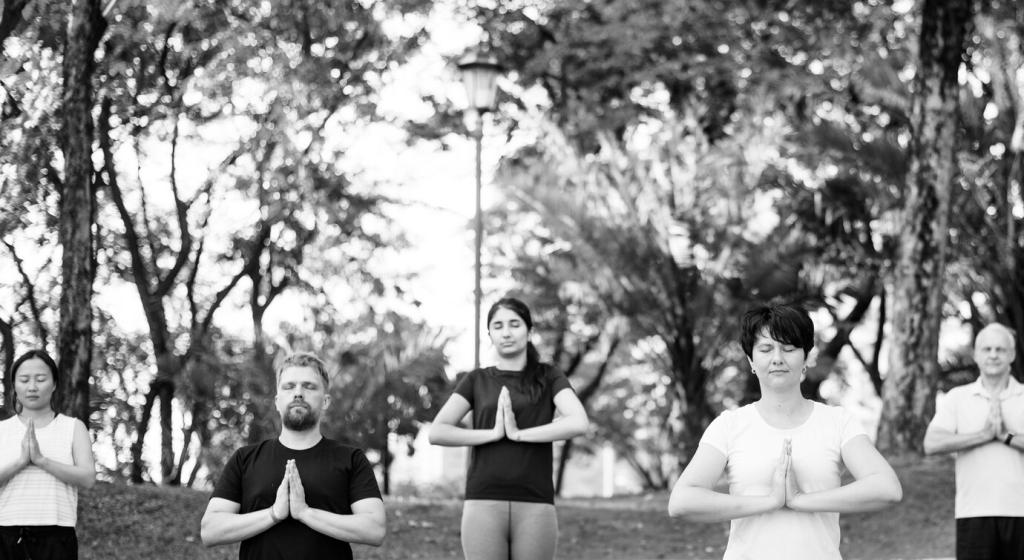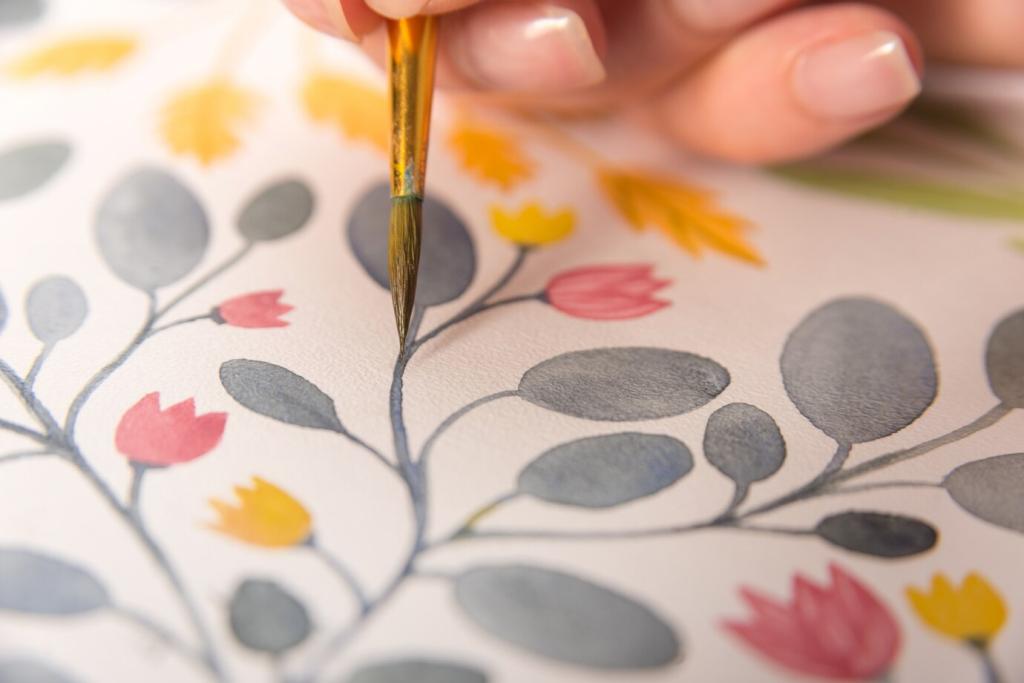Seeing with Stillness: Composition and Letting Go
Sketch with your eyes first, mapping how the white will carry the scene. Reserve pathways for wind, mist, or light. If you fill every inch, attention suffocates. Practice stopping early, even when tempted, and feel how clarity grows from restraint.
Seeing with Stillness: Composition and Letting Go
Sometimes a drop spreads too far, or a line splits. Instead of fighting it, turn and listen. That bloom might become a cloud, a reflection, a ripened leaf. Mindfulness reframes accidents as invitations, and your painting becomes a record of acceptance.







